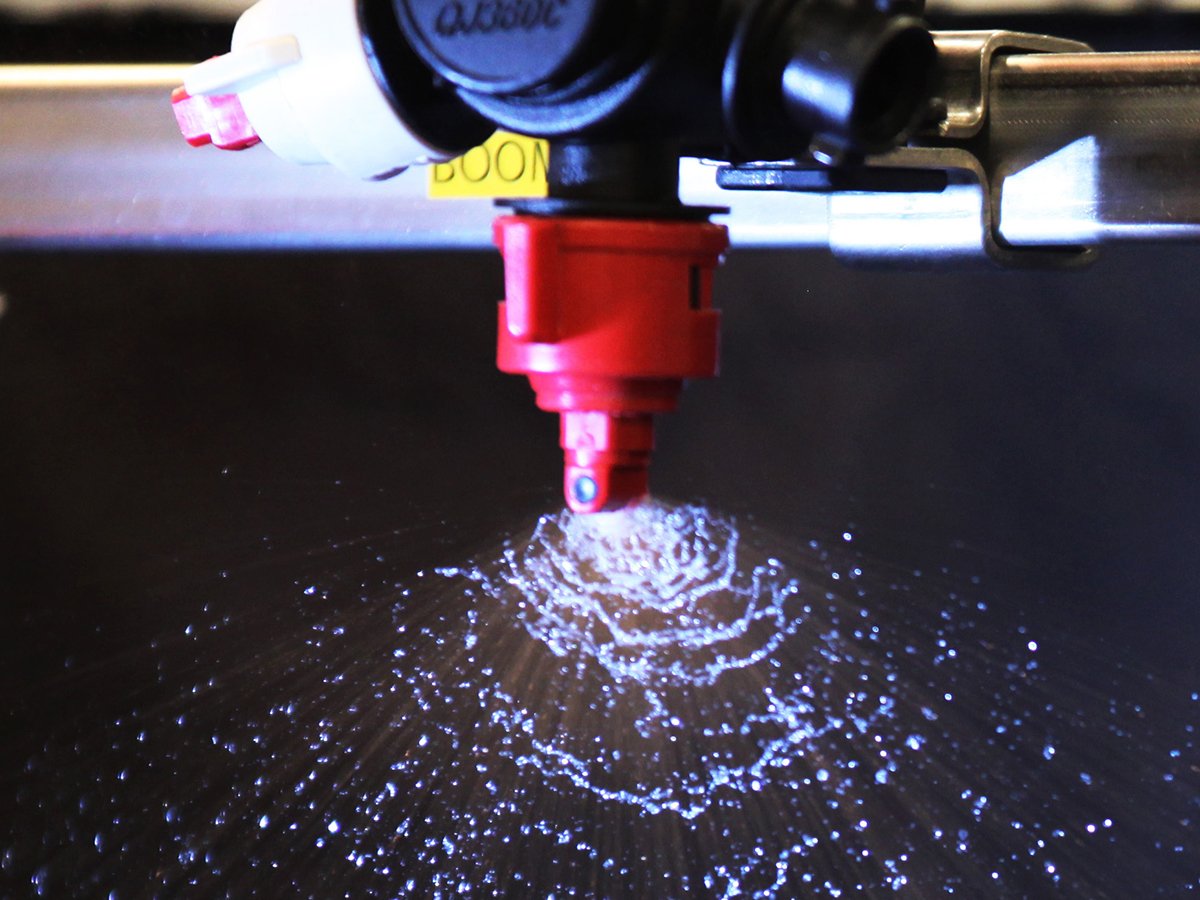MELFORT, Sask. – Canada has the edge in North American hemp production, says “Mr. Hemp.”
In fact, said Ohio hemp oil processor and promoter Don Wirshafter at the Non-Conventional Fibre Forum Feb. 6, Canada is a better supply source than even low-wage countries like China.
“The momentum is here from now on,” said Wirshafter, who thinks the American government has lost out on a new crop of great potential.
Gero Leson, of German seed company Consolidated Growers and Processors, said he does not think the Americans will allow hemp to be commercially grown south of the border.
Read Also

Members of Parliament get earful about need for regulatory reform
Canadian farmers have long complained they don’t have access to products as quick as their American counterparts because of Canada’s rules.
Wirshafter, who sells hemp oil products to health food stores across the United States, has to import all the hemp he processes, much of it from China.
A farmer asked why Wirshafter was trying to convince Canadians to grow hemp if it could be bought from developing nations with low wages like China.
Wirshafter said China’s production methods are primitive. For example, a worker with a pocketknife needs three days to separate the hemp fibres from the woody interior of the plant to get enough to make a bale.
When Wirshafter imports Chinese hemp seeds for processing, he has to check each batch for chemical residues. He has to sterilize the seeds so they can be legally imported.
That means each load of seeds has to be shipped to a number of places before he can make and sell his products. Because of that he can pay Canadian producers twice what he pays the Chinese, and still make more profit, Wirshafter said.
Dave Hutchinson, of Western Grower in Saskatoon, said the Prairies also produce hemp oil with high GLA – gamma linoleic acid. Plants grown in Saskatchewan have up to 60 percent more GLA content than hemp plants grown in warmer climes, Hutchinson said.
Wirshafter said the Prairies will also benefit because of the narrow world gene supply. All the commercial varieties are designed for cool northern climates, which makes them good for Western Canada and unfavorable to the U.S. climate.















